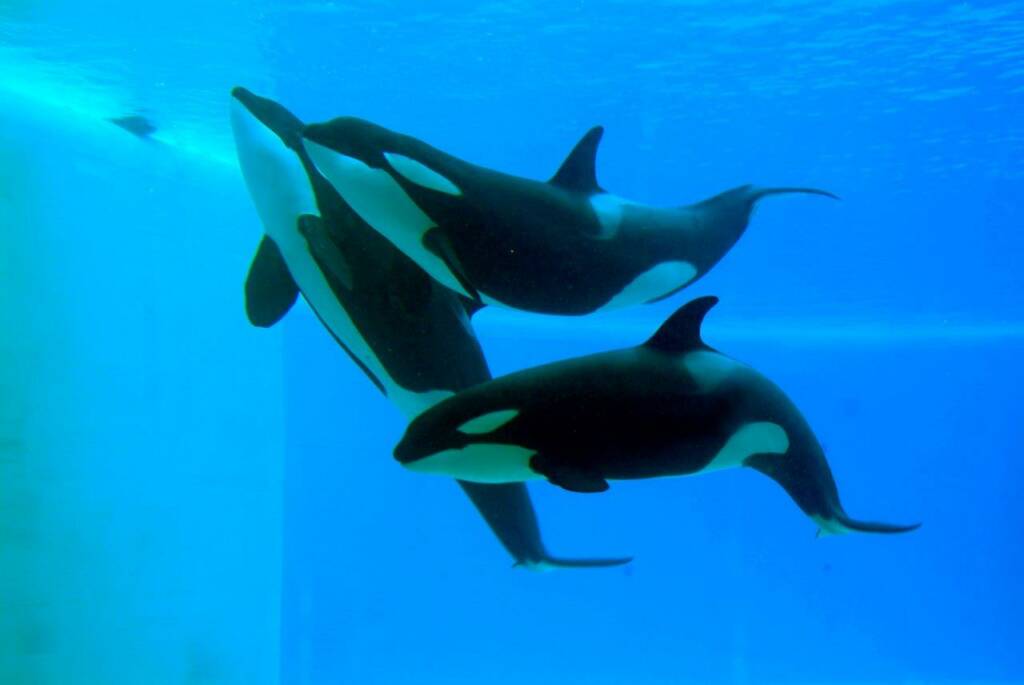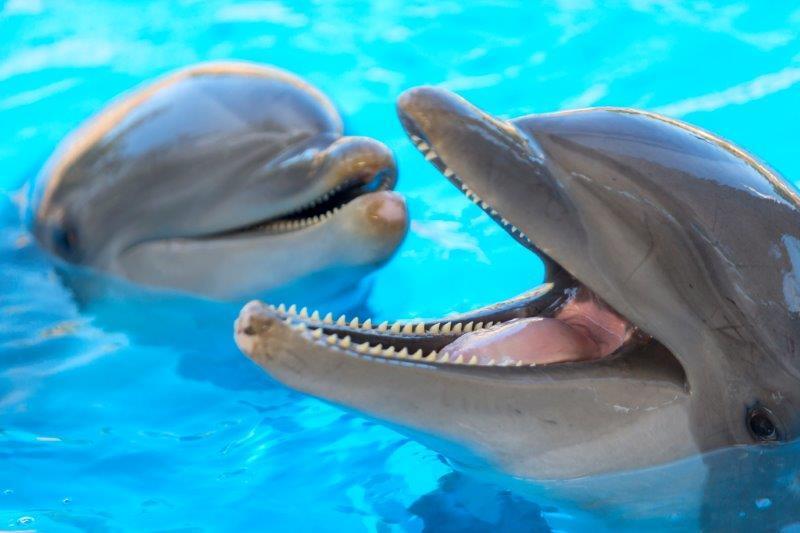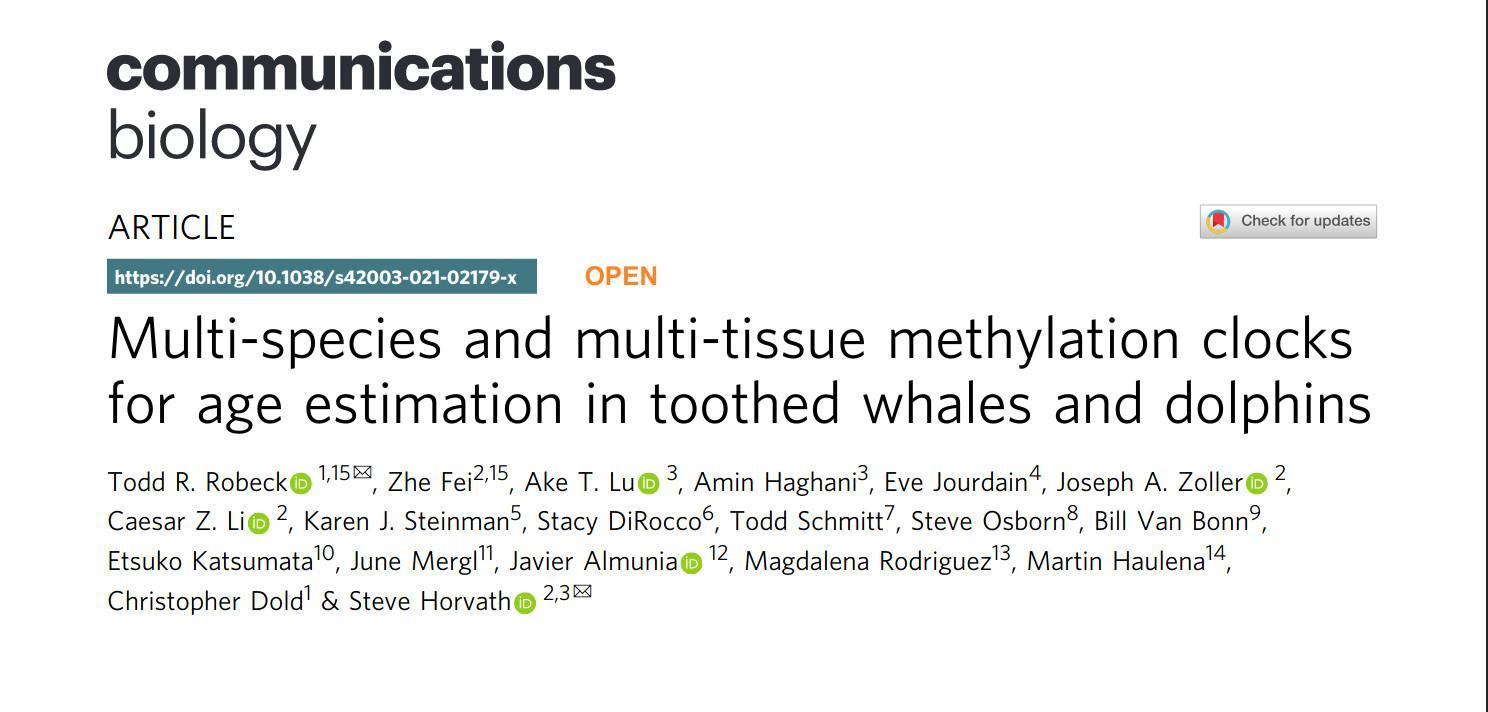There is one question that poses a real challenge when talking about wild animals: how old is, for instance, a dolphin or an orca? Until recently, it was not at all easy to determine the age of live cetaceans in the wild, but new research, in which Loro Parque has participated, has managed to establish this data from the study of their DNA.
Scientists involved in the project have developed an odontocete epigenetic aging clock which can be used for species conservation efforts by providing a mechanism for estimating the age of free ranging odontocetes from either blood or skin samples.
These epigenetic clocks work by tracking additions to the DNA known as methylation, a small chemical modification that is reversible and does not alter the letters of the DNA itself, although it can change the way genes ‘switch on and off’. This type of phenomenon is what is called epigenetics.

When it comes to ageing, DNA methylation changes predictably with increasing age, so by using these epigenetic clocks, the age of odontocetes can be known quite accurately.
In this research, it is key that different species could be included and studied, which is only possible thanks to the keeping of animals under human care because it allows scientists to know their birth dates, which is key to validate the correlation between the methylation rate and age. Therefore, for example, the orcas and dolphins at Loro Parque have provided invaluable information that could later be applied to the study of wild Norwegian killer whales, which will improve existing knowledge of them, thus leading to ensuring their protection and conservation in the wild.
You can access the full paper via this link: https://go.nature.com/34HDgwl



